You blow your nose for the 20th time today, expecting relief, but nothing comes out. Your nose still feels completely blocked. This frustrating mystery affects millions of people who feel like they're suffocating through their nose, yet no amount of blowing helps. The truth is, what you're experiencing isn't traditional congestion at all.
What You'll Learn
- Why your nose feels blocked even when there's no mucus to clear
- The hidden difference between tissue swelling and mucus congestion
- Simple tests to identify if you have phantom nasal blockage
- Proven methods to reduce nasal tissue inflammation naturally
- When this mysterious blockage signals a bigger problem
The Phantom Blockage Explained
Your nose blocked but dry sensation comes from swollen nasal tissues, not mucus buildup. Inside your nose are structures called turbinates. These are small, curved bones covered with soft tissue that help filter and warm the air you breathe. When these tissues swell from inflammation, they block your nasal passages just like mucus would.
This explains why blowing your nose doesn't help. You're not dealing with something that can be cleared out. Instead, the tissue lining your nasal passages has expanded, creating that suffocating feeling. Think of it like a swollen ankle - no amount of squeezing will make the swelling disappear instantly.
Swelling vs Mucus: Know the Difference
Many people struggle with empty nose congestion because they're treating the wrong problem. Here's how to tell if you're dealing with tissue swelling instead of mucus:
Tissue Swelling Signs: Nothing comes out when you blow, blockage feels worse when lying down, one nostril often more blocked than the other, and decongestant sprays provide only temporary relief.
Mucus Congestion Signs: You can blow out thick or thin discharge, both nostrils usually affected equally, blockage improves after clearing mucus, and you feel pressure that releases when mucus moves.
Sarah, a teacher from Ohio, shared her experience: "I was blowing my nose 50 times a day with nothing coming out. I thought something was seriously wrong with me. Once I learned it was inflammation and started using red light therapy, the swelling went down and I could breathe again."
What Causes Swollen Nasal Passages
Several factors can trigger nasal inflammation without discharge. Allergies are the most common cause, making your nasal tissues react to pollen, dust, or pet dander. Dry air from heating systems or air conditioning can irritate and inflame your nasal lining.
Chronic inflammation from repeated infections can leave your nasal passages permanently swollen. Medication rebound from overusing nasal sprays actually makes swelling worse over time. Hormonal changes during pregnancy or menstruation can also cause nasal tissue to swell.
Even stress can trigger nasal inflammation without discharge. Your body's stress response can cause blood vessels in your nose to dilate, leading to that blocked feeling.
Natural Solutions That Actually Work
Since you're dealing with inflammation, not mucus, you need anti-inflammatory approaches. Red light therapy has shown remarkable results for reducing nasal tissue swelling. The specific wavelengths penetrate tissue and reduce inflammation at the cellular level.
Humidifying your air helps prevent the dry conditions that worsen tissue swelling. Aim for 40-50% humidity in your home. Saline nasal sprays don't just clear mucus - they also soothe inflamed tissues and reduce swelling naturally.
Avoiding irritants like strong perfumes, cleaning chemicals, and cigarette smoke prevents additional inflammation. Sleep with your head elevated to reduce blood flow to swollen nasal tissues overnight.
For persistent dry nasal blockage, consider NoMore® Colds red light therapy, which targets nasal inflammation directly and has helped thousands reduce tissue swelling naturally.
When to Seek Medical Help
Most phantom stuffy nose cases improve with proper treatment. However, see a doctor if your nasal inflammation without discharge lasts more than two weeks, you develop facial pain or pressure, or you notice changes in your sense of smell.
Chronic nasal tissue swelling can sometimes indicate underlying conditions like nasal polyps or chronic sinusitis that need medical treatment. A healthcare provider can examine your nasal passages and determine if prescription treatments are necessary.
Remember, that blocked nose feeling without mucus is real and treatable. By understanding you're dealing with tissue swelling rather than congestion, you can choose the right solutions and finally breathe freely again.


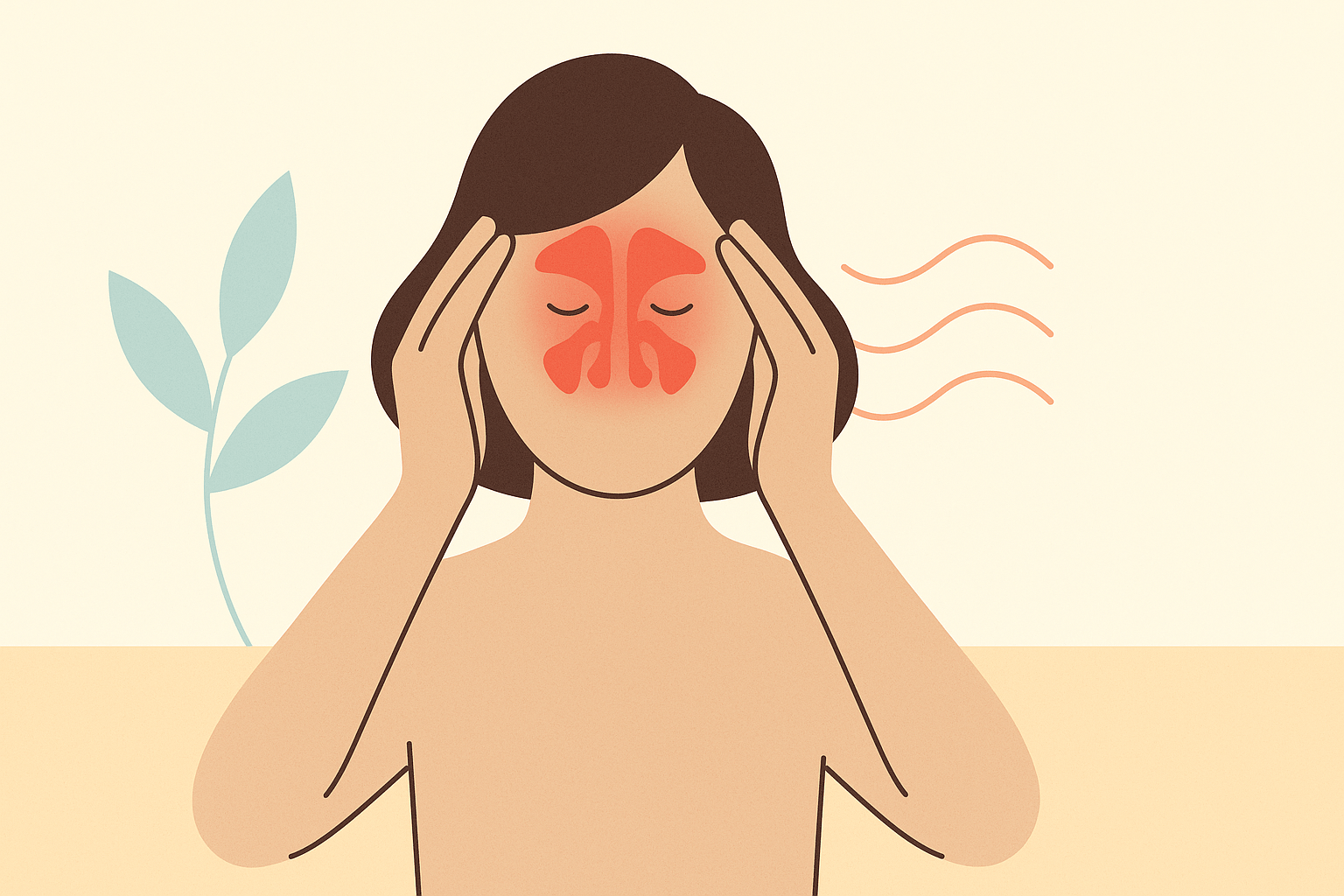
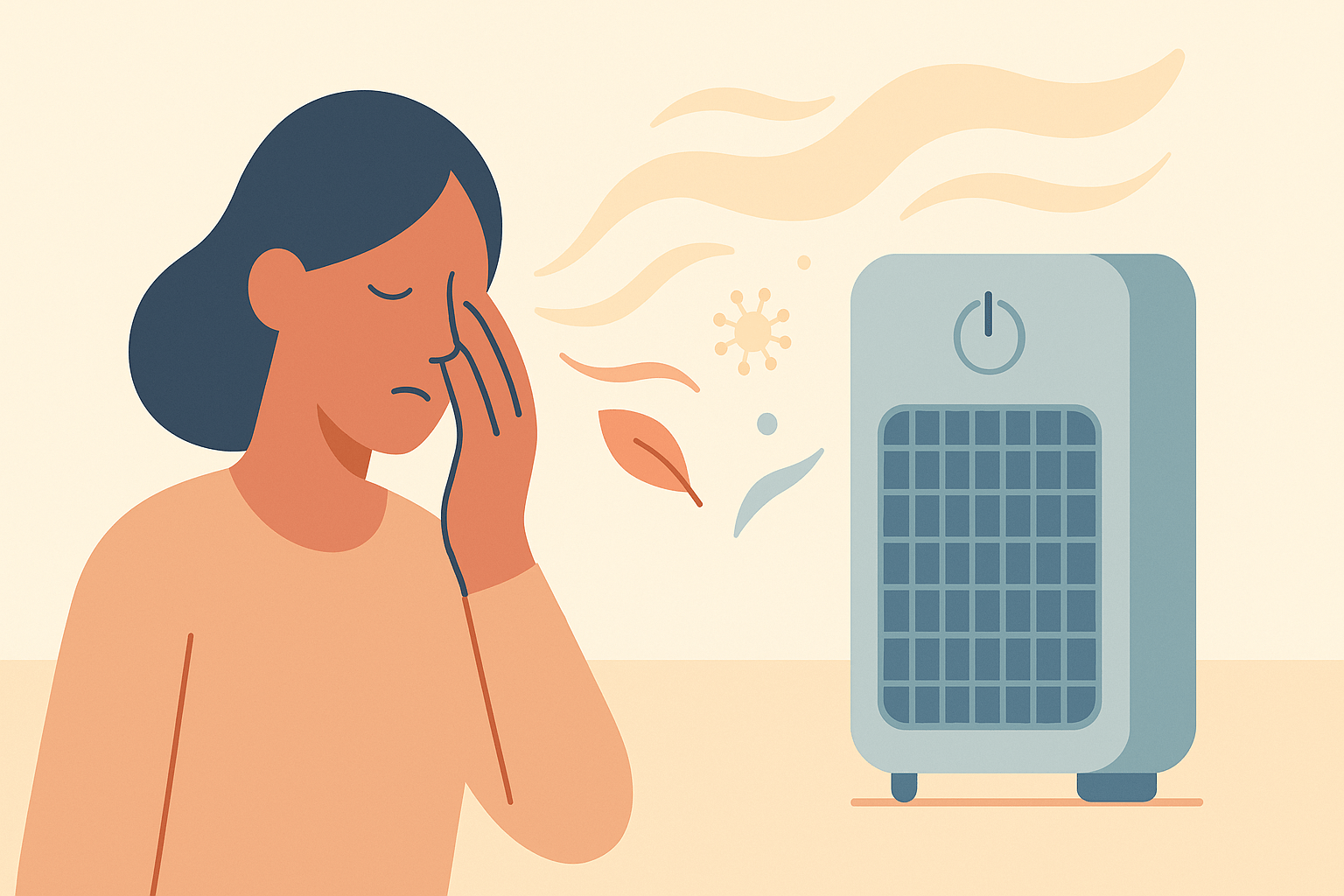
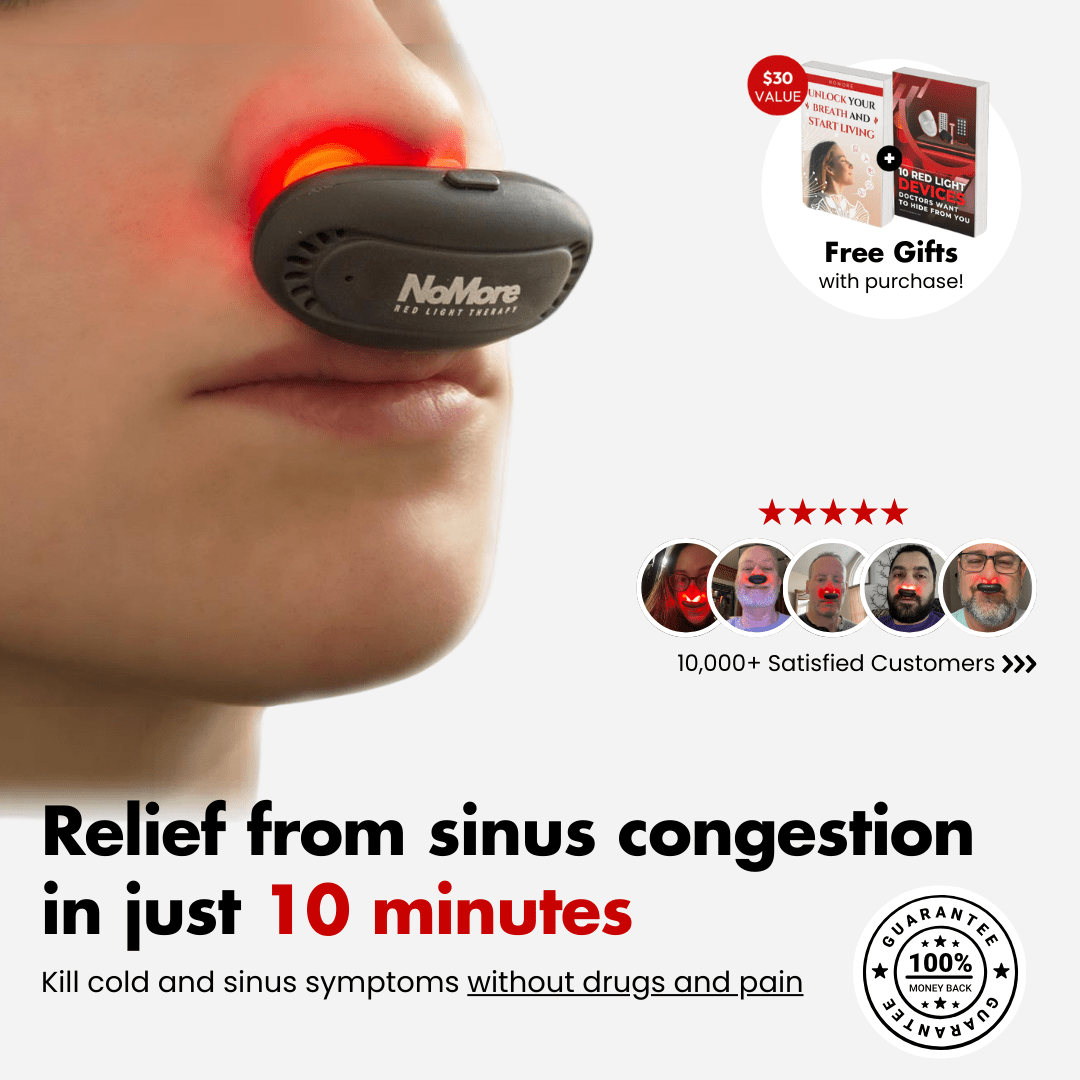

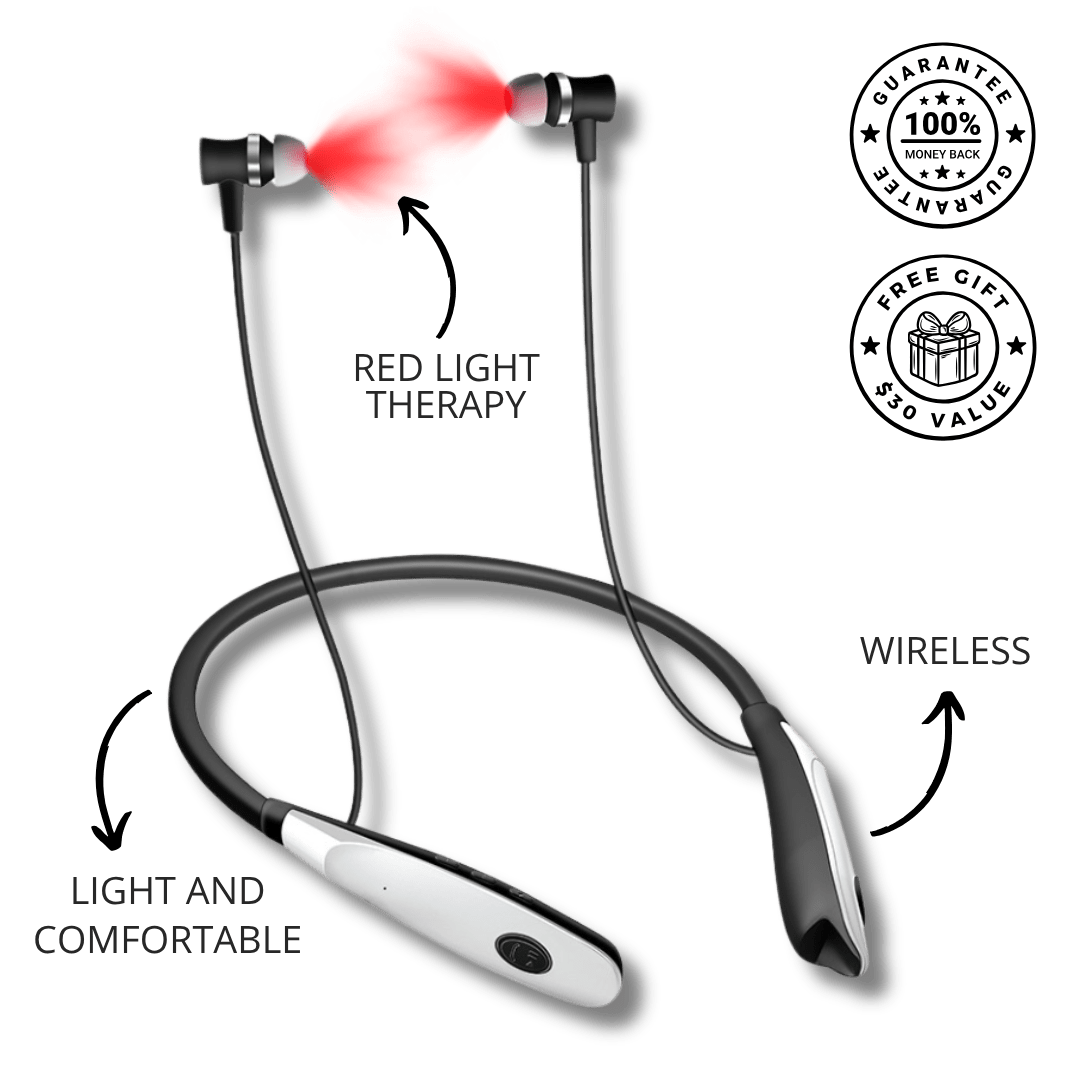
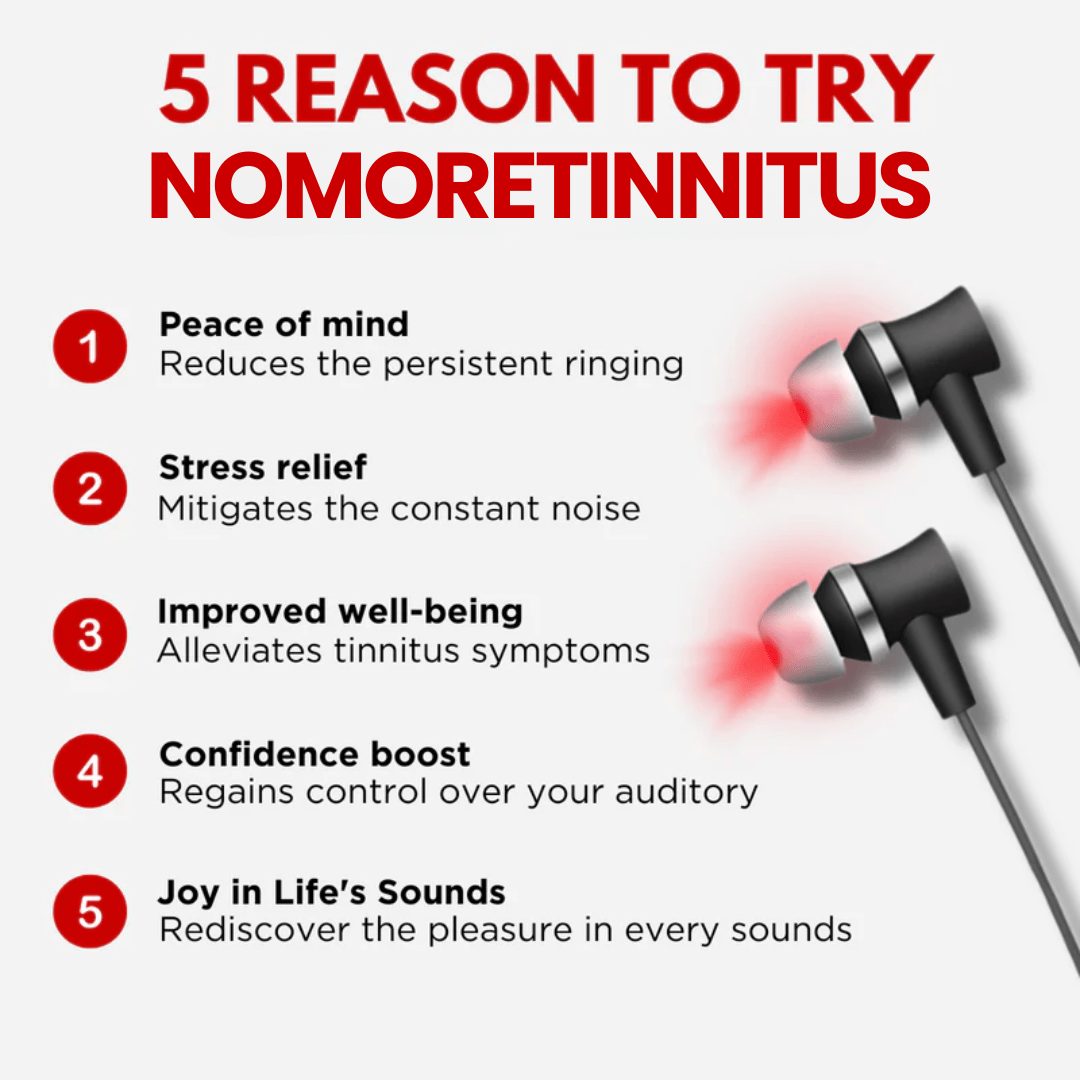


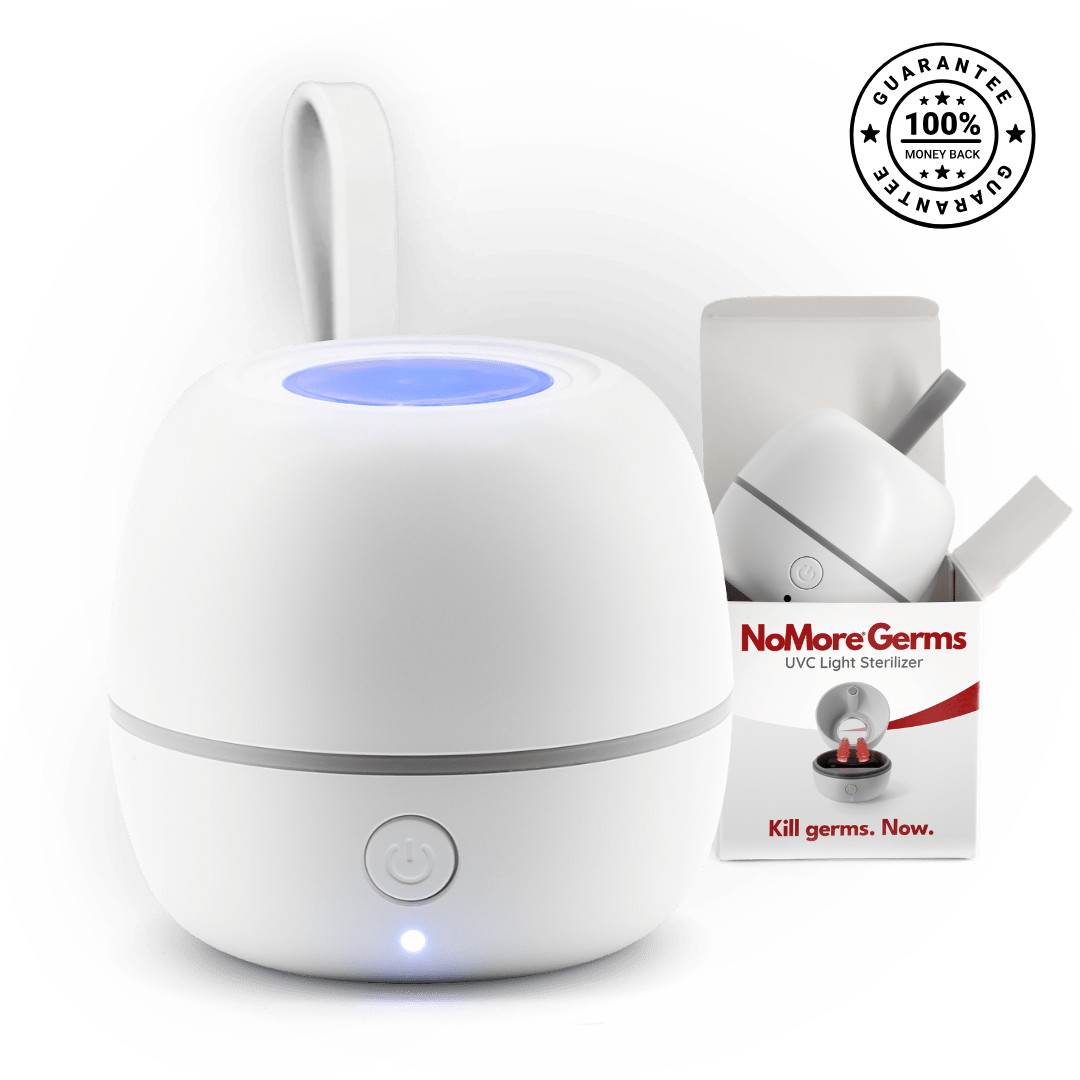
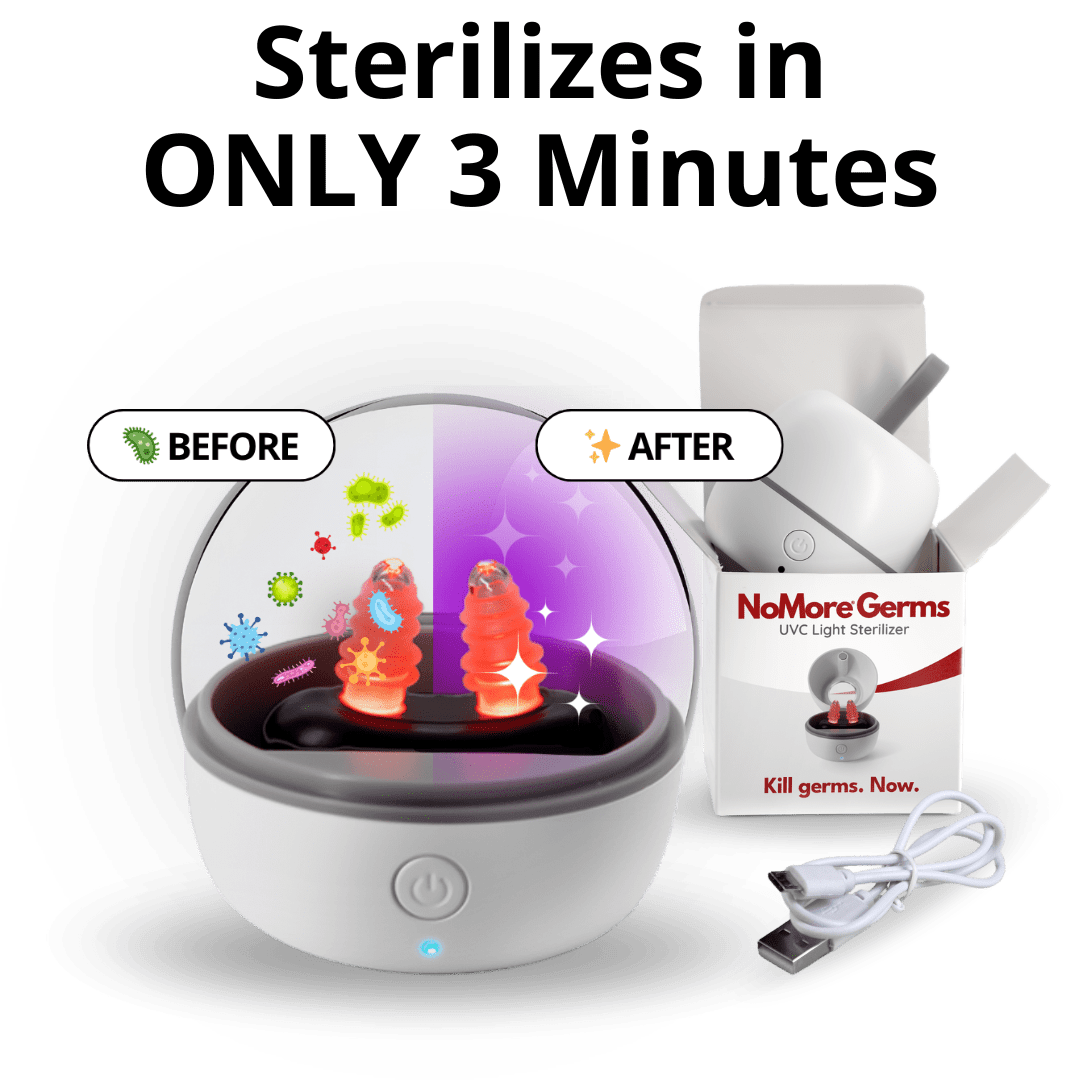
Leave a comment
This site is protected by hCaptcha and the hCaptcha Privacy Policy and Terms of Service apply.